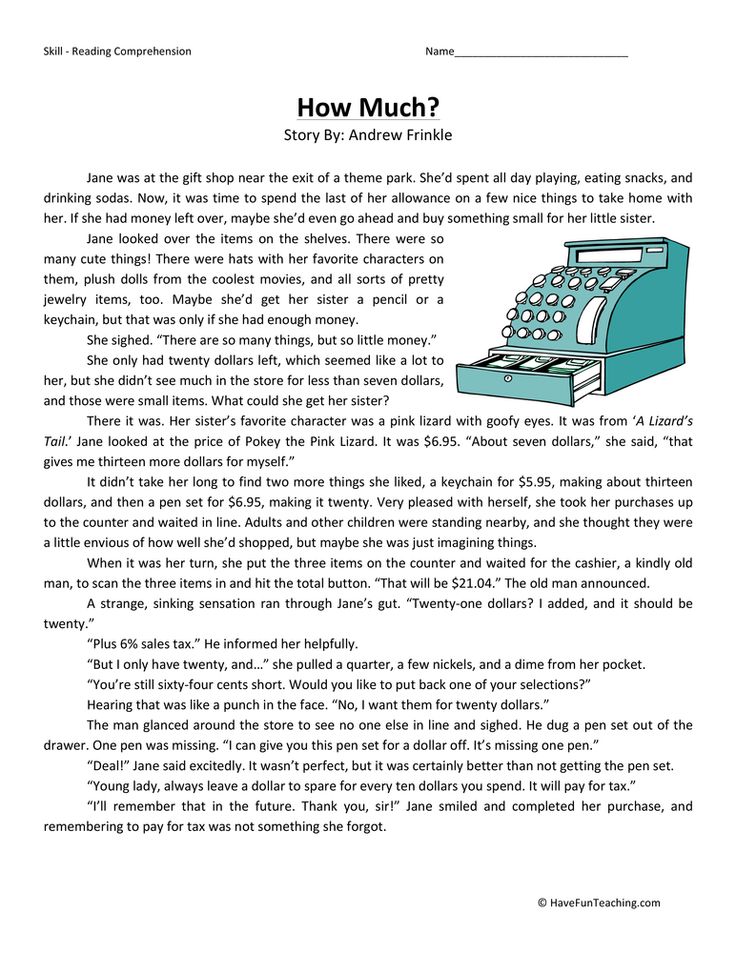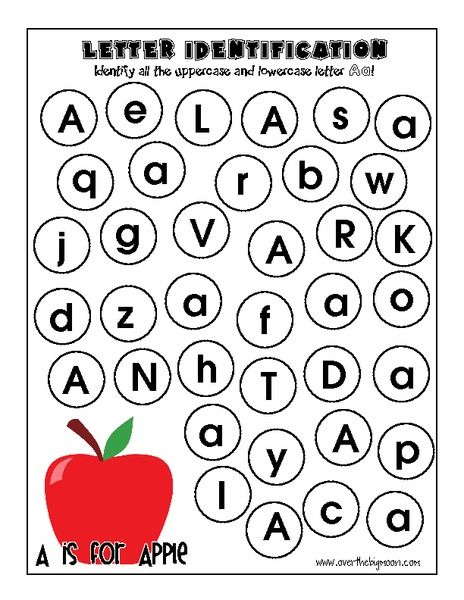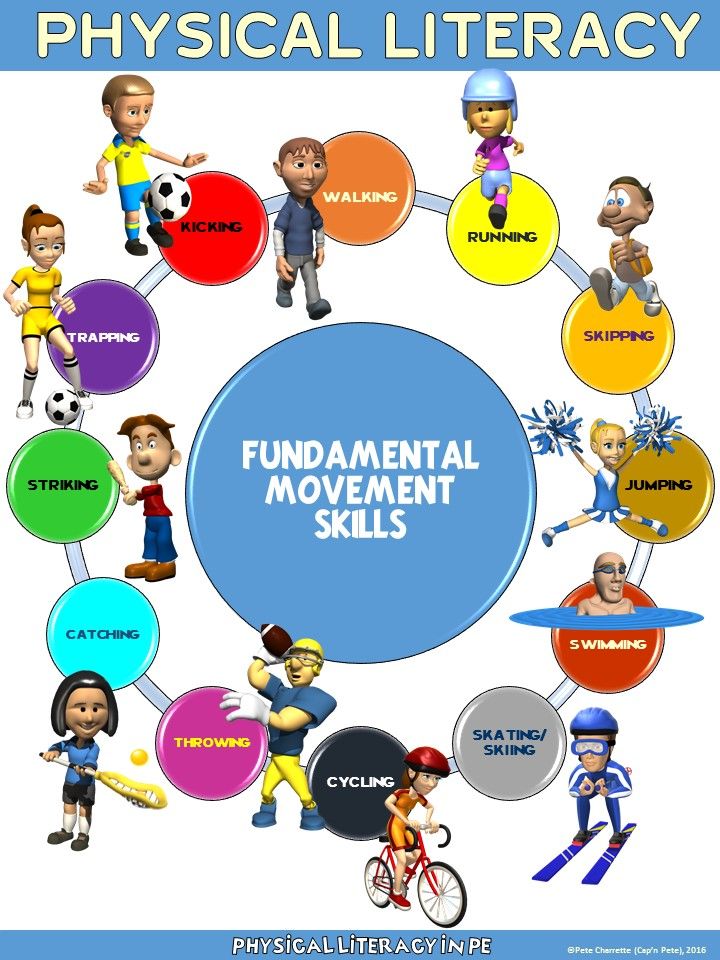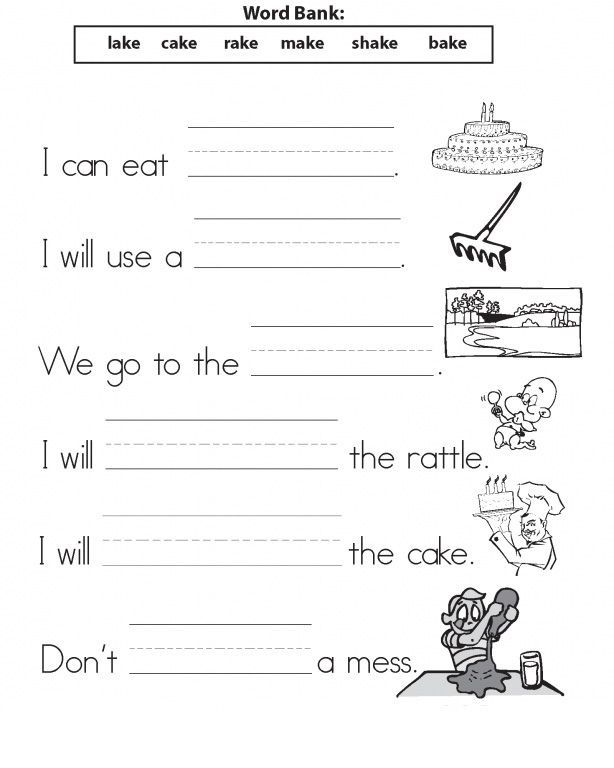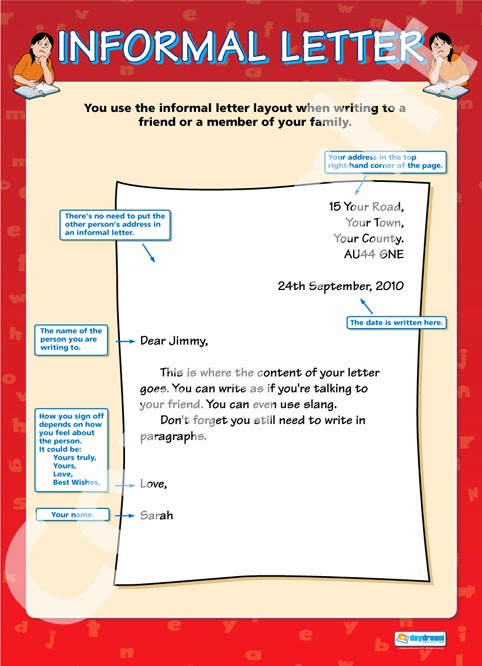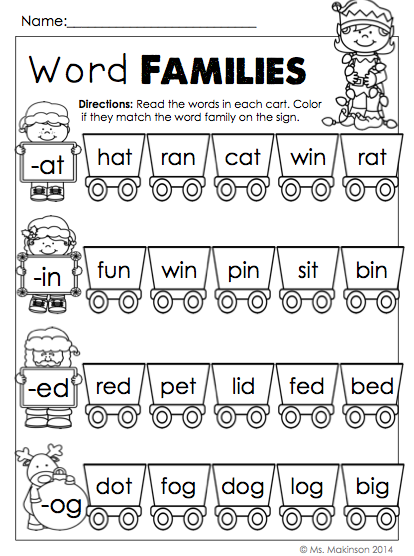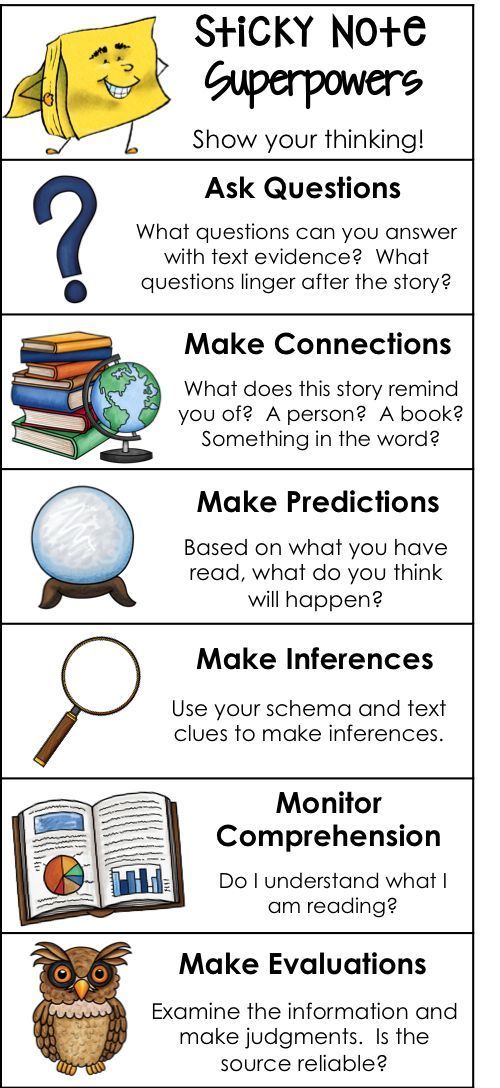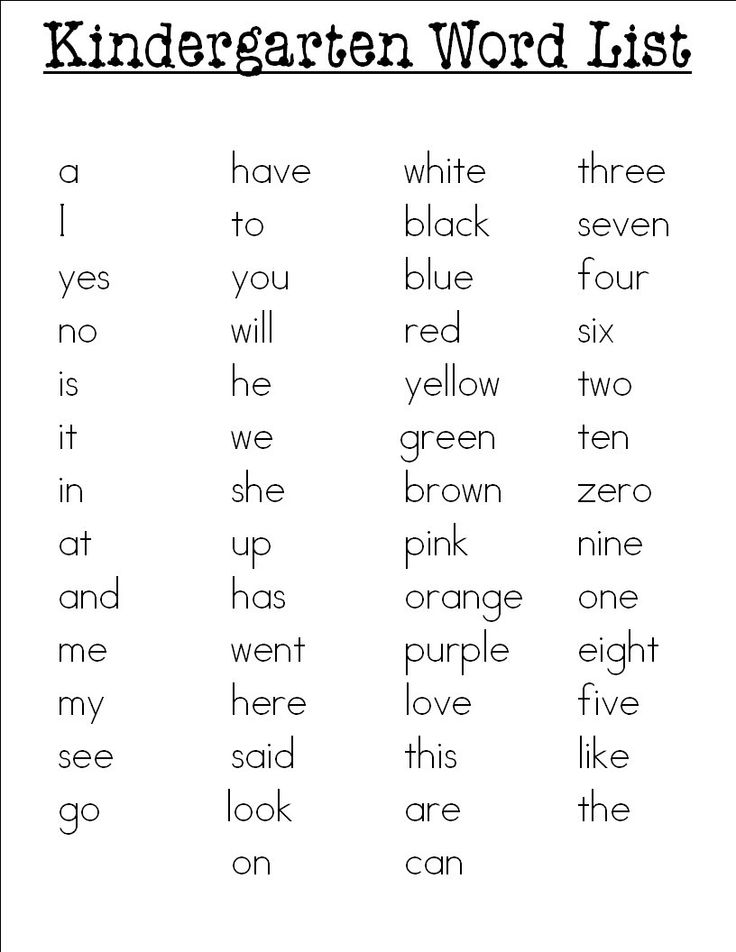How to level reading
How to Determine the Reading Level of a Book
This content contains affiliate links. When you buy through these links, we may earn an affiliate commission.
Fountas and Pinnell, Lexile Level, Primer, Pre-primer, Beginning Reader are all terms you may have heard if you have a young reader in your house. Seriously, what does it all mean? Is there actually a way how to determine the reading level of a book? If your child can read The Cat in Hat, which is a level J in Guided Reading, can she independently tackle Diary of a Worm, which has a Lexile Level of 510L or is she ready for Keena Ford and the Second Grade Mix-Up, even though that one has a DRA of 30?
Through this post, I am going to attempt to elucidate and explain reading levels. So scroll through to find the system that your child’s teacher uses or pour yourself a large cup of coffee and sift through all of the various ways educators, librarians, and book publishers level and categorize books for young readers.
Reading Levels Are Like Starbucks Sizes
I admit, I don’t visit Starbucks unless I have a gift card. I am also that person who goes to Starbucks and still tries to order a large iced tea. The barista calmly asks if I would like a venti or a trenta and then explains that I need to choose between Passion Tango, Matcha Green, or Guava White Tea. Then comes the question of sweetened, unsweetened, or added lemonade.
For the young reader, finding a book that can be read independently can be as tricky as remembering all of the variables in a Starbucks order. Little readers who are not familiar with reading levels or taught to find a “good fit book” often go for books that are too easy and boring, too difficult and frustrating, or, like my kindergarten son, books that have too many unreadable Star Wars planet names like Kashyyyk. If a child knows her reading level, she can find books that contain sight words she knows, plot lines that are not too advanced, and vocabulary that is manageable.
Explain the Levels, Please
There are many different ways that books are leveled. Here are the three most popular methods for how to determine the reading level of a book.
Developmental
Children become readers by moving through different developmental reading stages. These stages range from the emergent pre-reader to the expert fluent reader. Typically, the emergent pre-reader is between six months and six years of age, while the expert fluent reader is 16 years and older. The developmental categories are broader categories than many of the other leveling systems.
Letter Levels
When I taught first and second grade, I found letter levels to be the most kid friendly way to organize a classroom library. If your child’s school levels books using Fountas and Pinnell, Reading A-Z, Scholastic Books, or Guided Reading Levels, then books will be leveled using a letter system. While it would be nice, these leveling systems do not always correlate. A book that is a Reading A-Z Level P, is not always a Level P using the Guided Reading Levels.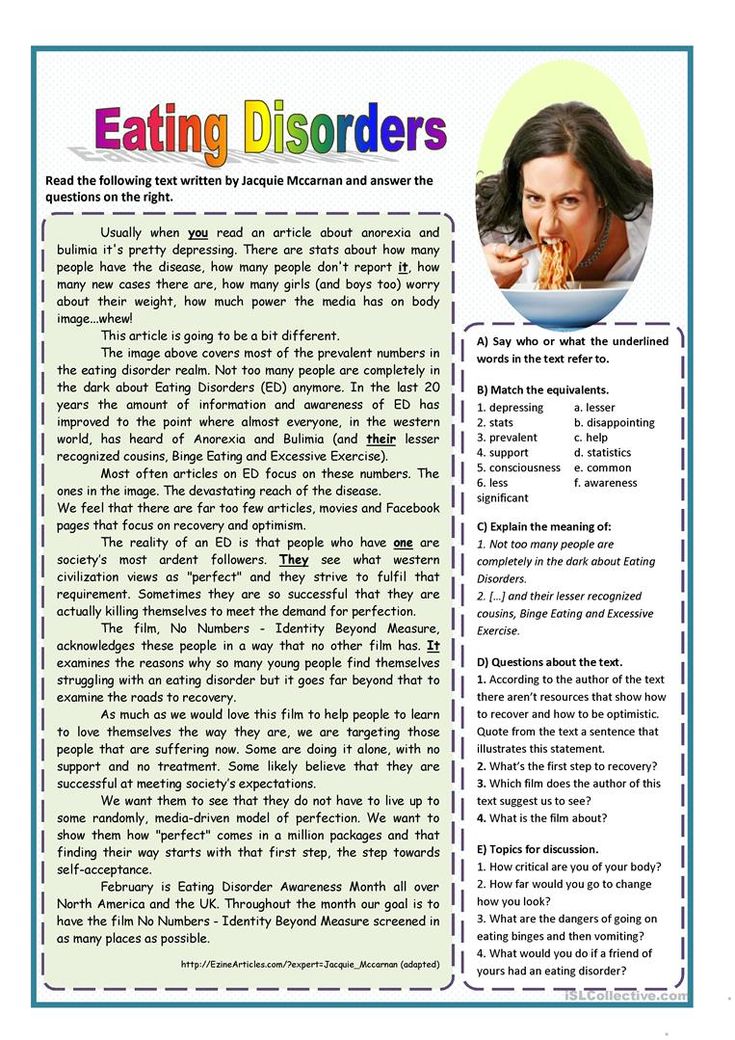
Number Levels
Books can be leveled through such systems as Lexile Numbers, The Direct Reading Assessment (DRA), and Reading Recovery. These systems measure texts by complexity and a reader’s skill level and then assign a number.
I Have My Child’s Reading Level, Now What?
Throughout the school year, your child’s teacher will probably perform reading inventories or assessments with your child. These will determine your child’s reading level.
If you homeschool or your child’s school does not use leveled reading, then use a simple test called the “five finger test” to roughly determine your child’s reading level. Have your child choose a book and open to the second page. Ask your little one to read the text out loud. If your child struggles with independently reading five or more words on that page, the book is too difficult and is not a good fit. You should also ask some comprehension questions to make sure that your young reader understands what she is reading.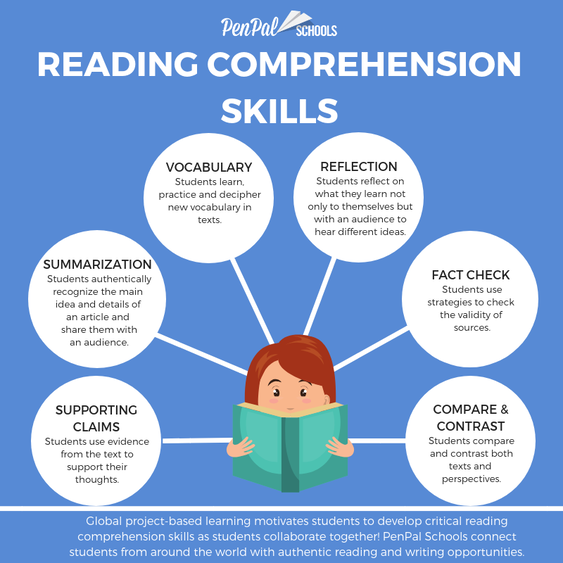 When a book passes the five finger test, use one of the links below to determine that book’s reading level.
When a book passes the five finger test, use one of the links below to determine that book’s reading level.
Once you have the reading level, take a look at these five helpful websites, apps, and charts that will help you and your child find or level the perfect book:
- Book Wizard : Type in the title of a book to retrieve the Guided Reading Level and grade level.
- Lexile Find-a-Book :Visit this site to find the Lexile Number for a specific book or to generate a list of books with a particular Lexile Number.
- Reading A-Z Level Correlation Chart : This is the best conversion chart out there for reading levels.
- Reading Levels Explained : Check out this very clean and user friendly site if you are still feeling overwhelmed by all of the reading level systems.
- Literacy Leveler app : Download this app and then use it to scan a book’s ISBN to see its Lexile, DRA, and GRL.
Levels Should be Helpful, Not Stressful
Reading levels should not feel restrictive.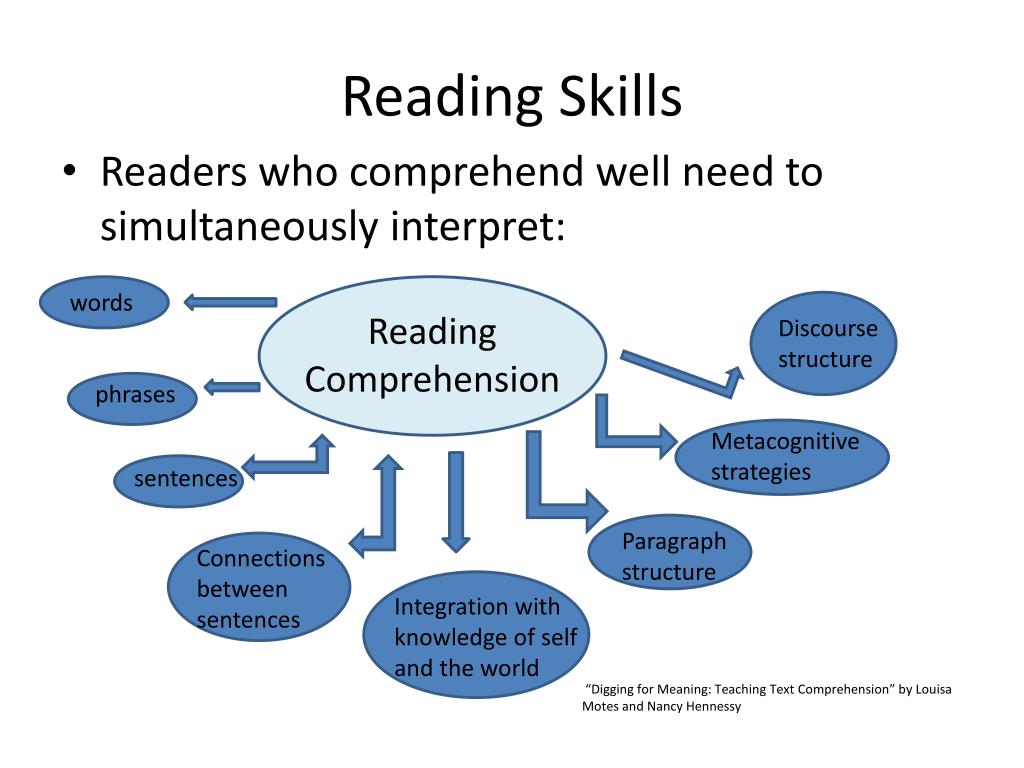 They should be used as helpful tools and not as a draconian system that kills the love of reading. Encourage your child to read books on her level, but don’t be upset if she chooses to reread an old favorite or picks up a nonfiction book that has some advanced vocabulary. Imagine how horrible it would be if adults had to always adhere to a reading level. I am well aware of the fact that some of my beach reads are probably a fourth grade reading level, with a Guided Reading Level of Q, 820L, and DRA of 40. I may not always be challenged as a reader, but it is still fun to sip my trenta Passion Tango unsweetened iced tea and enjoy a book simply for the fun of reading.
They should be used as helpful tools and not as a draconian system that kills the love of reading. Encourage your child to read books on her level, but don’t be upset if she chooses to reread an old favorite or picks up a nonfiction book that has some advanced vocabulary. Imagine how horrible it would be if adults had to always adhere to a reading level. I am well aware of the fact that some of my beach reads are probably a fourth grade reading level, with a Guided Reading Level of Q, 820L, and DRA of 40. I may not always be challenged as a reader, but it is still fun to sip my trenta Passion Tango unsweetened iced tea and enjoy a book simply for the fun of reading.
Need some books to practice leveling? Help yourself to 50 Must-Read Books for Beginning Readers, 20 Must-Read Books for First Graders and Second Graders, The Best Chapter Books for Kids: Engaging with Words, and 70 Must-Read Books for 3rd Graders.
How to Level Books in 2 Easy Steps
by Lisa
Learn how to level books the easy way for your classroom library, home library, or school library.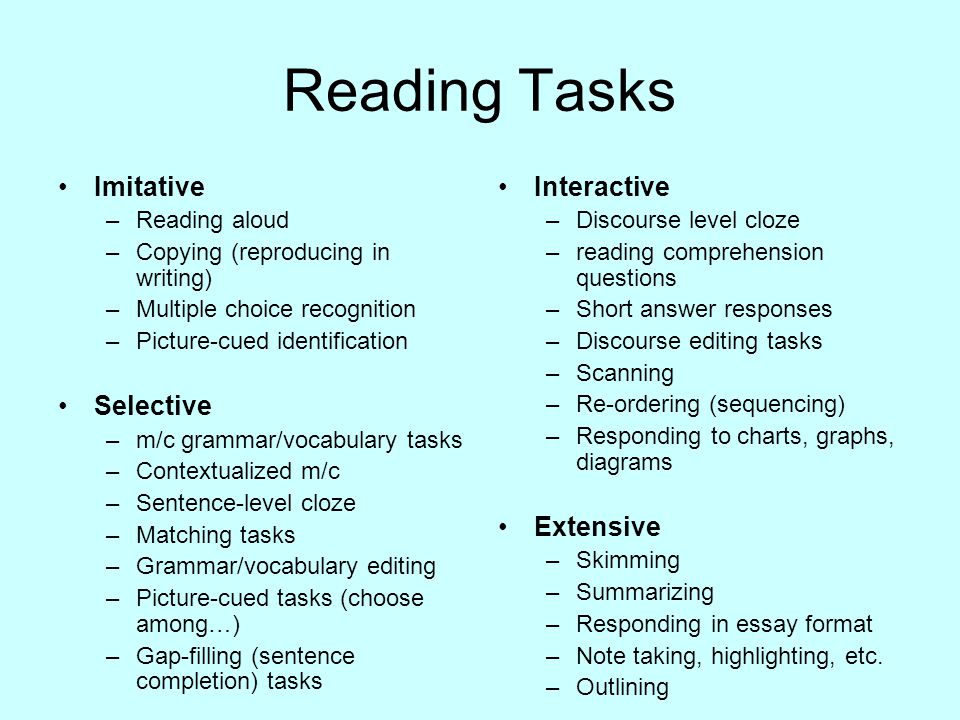 The simple system I use as a school librarian works for a variety of different book leveling systems. This article will show you how to level books for Fountas and Pinnell, how to level books by Lexile score, and how to level books by DRA (Developmental Reading Assessment) level. If you need to level books for guided reading, you’re in the right place. How do you level a children’s book? Read on to learn how to level books quickly and easily for free.
The simple system I use as a school librarian works for a variety of different book leveling systems. This article will show you how to level books for Fountas and Pinnell, how to level books by Lexile score, and how to level books by DRA (Developmental Reading Assessment) level. If you need to level books for guided reading, you’re in the right place. How do you level a children’s book? Read on to learn how to level books quickly and easily for free.
Table of Contents
My Book Leveling Backstory
In the library, I sometimes get asked about the reading level of a certain book. Although I can look it up, I don’t place a big emphasis upon a particular book’s reading level. I always hope that kids will choose to read what interests them. However, knowing the reading level of a book does have its place. Maybe a classroom teacher needs to add some books to a leveled classroom library, or maybe a homeschooling parent wants to know for assessment purposes. Perhaps a student is just curious.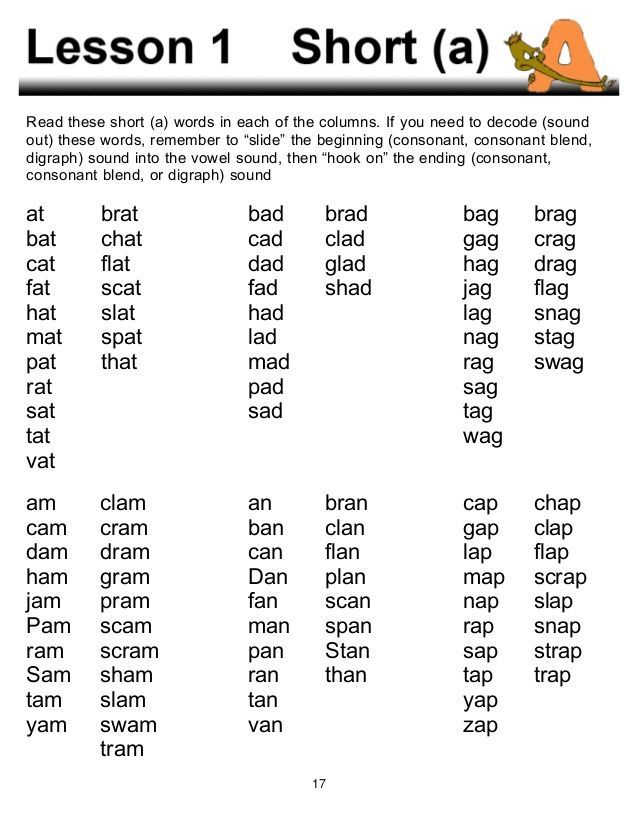 Here’s my favorite free way to level books quickly and easily.
Here’s my favorite free way to level books quickly and easily.
***Disclaimer: This post contains affiliate links, which means as an Amazon Associate I earn from qualifying purchases at no additional cost to you.*** Already know what you’d like to get from Amazon? Here’s a handy way to get to the website, linked to one of my favorite books for teachers to get kids excited about reading. Just click on the link, then browse around and do your shopping.
Take Me To Amazon!
Level Books Quickly Step 1:
You may be asking, “How classroom library?” Here’s the first step. Go to the Accelerated Reader Bookfinder site and type in the title, author or topic of the book you are trying to find information about. Chances are quite good that your book will be in the vast database of titles. Once you have the result, look for the number to the right of the AR letters. For the book I looked up, Wish, by Barbara O’Connor, the number was 6.0.
What does that number mean? It means that, according to the readability formula used by the Accelerated Reader program, the book would be at an appropriate level for a student at the beginning of sixth grade.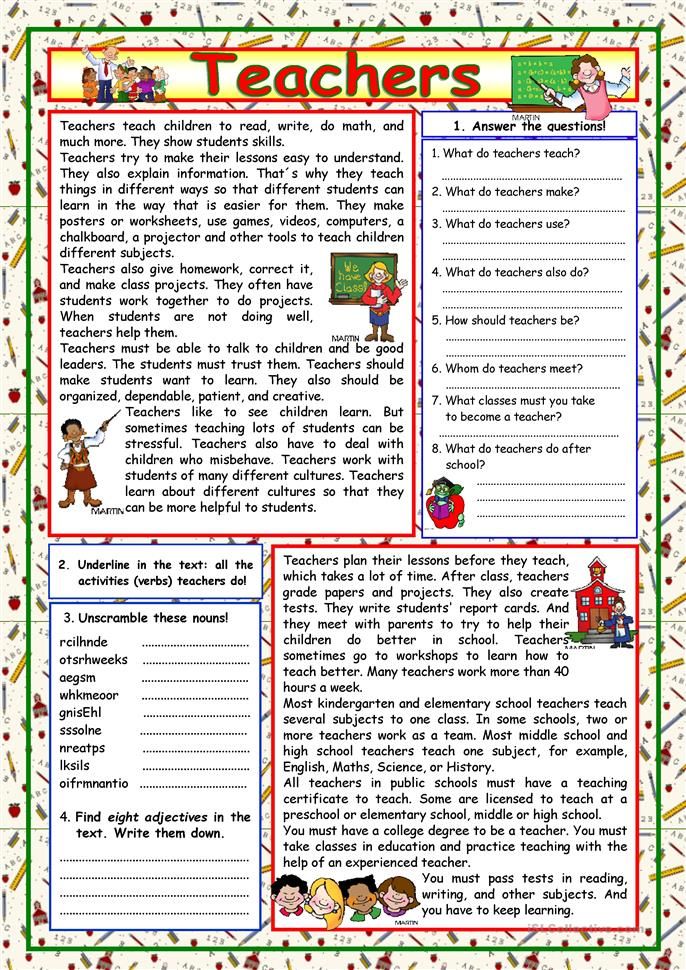 Of course, the actual reader may be in a higher or lower grade level. If a book has an AR level of 4.5, the number means the book is at a readability level suitable for someone in the fifth month of fourth grade.
Of course, the actual reader may be in a higher or lower grade level. If a book has an AR level of 4.5, the number means the book is at a readability level suitable for someone in the fifth month of fourth grade.
Level Books Quickly Step 2:
If you are just interested in knowing the grade level of a book, you could stop there. However, many school districts use other reading levels to measure progress. One type of leveling model is the DRA (Developmental Reading Assessment). Another book leveling model is the Lexile score. Some teachers, homeschool parents or students may want to know the DRA level or Lexile score of a book. What if you want to level books for Fountas and Pinnell? How do you find a book’s guided reading level? For each of these queries, all you need to do is access a conversion chart, or book level chart. This is the best one I’ve found. Use the chart to convert the AR level to your desired book system level. There you go! You just learned my favorite free way to level books quickly and easily.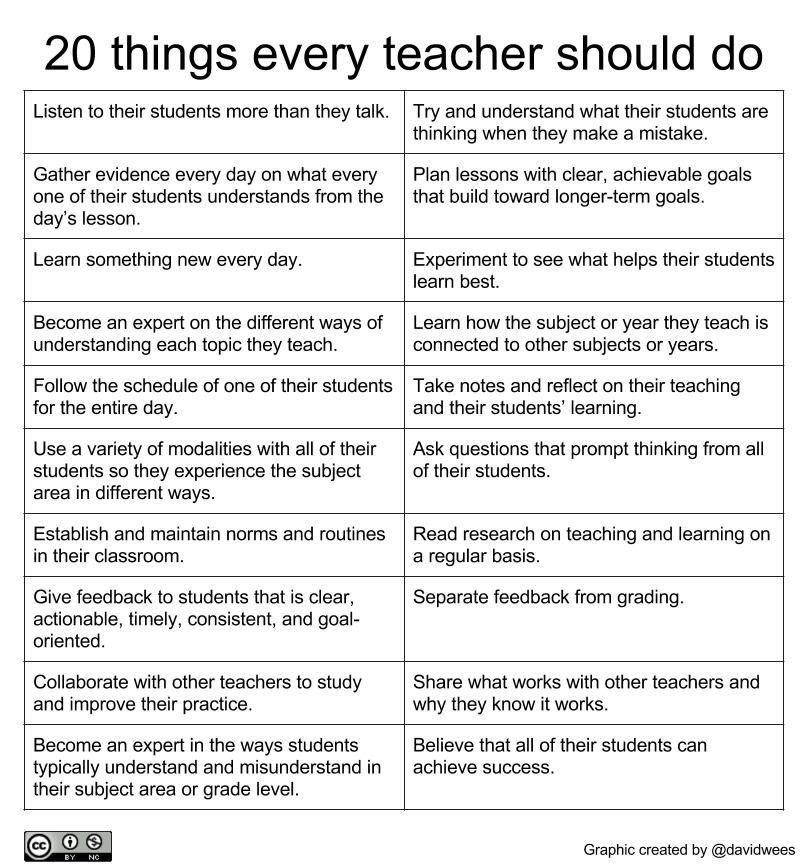 Using these two free book leveling websites or tools, you can level many books in a short amount of time.
Using these two free book leveling websites or tools, you can level many books in a short amount of time.
Have a Ton of Books to Level?
What if you are a brand new classroom teacher and have a whole classroom library of books to level? What if you are a school librarian who has just been asked by your principal to level all of the books in the library? (It has happened before.) Is there an app to level books? Good news! There is a free app called QuickScan Book Leveler. The downside is that it’s only available right now for an iPhone or iPad. It also only provides the AR level and Lexile score. If that is all you need, then you’re set.
There is another app you could use called Level It Books. It’s not free, but it’s only $4.99. The app is available for both iOS and Android devices on their respective app stores. This app allows the user to quickly view a book’s Lexile, guided reading level, grade level equivalent, and DRA level, if desired. When used with a barcode scanner to scan each book’s ISBN, the leveling process is sped up substantially.
Is Book Leveling in Your Future?
Are you going to have a need to level some books anytime soon? Do you suddenly feel like raiding your bookshelf and visiting the AR website just to satisfy your curiosity? If that’s the case, I hope this post will help you find the book levels you are seeking. Have a fantastic week, and thanks for visiting the BookAndTechTips site.
Related Posts:
- Incredible Kindness Books for Kids
- Inspiring Technology Books for Kids
- Awesome Summer Reading Programs
- Helping Reluctant Readers: An Engaging Resource
- Free Ebook Site For Kids Offers Home Access
- The Best Free eBook Deal For Kids and Teachers
- Best Valentine Books for Kids
Lisa Mitchell is a school librarian who likes to use her job as an excuse to stay up far too late reading books and noodling around with tech tools. To learn more about what this website has to offer, click on over to the About page or the Book Tips page.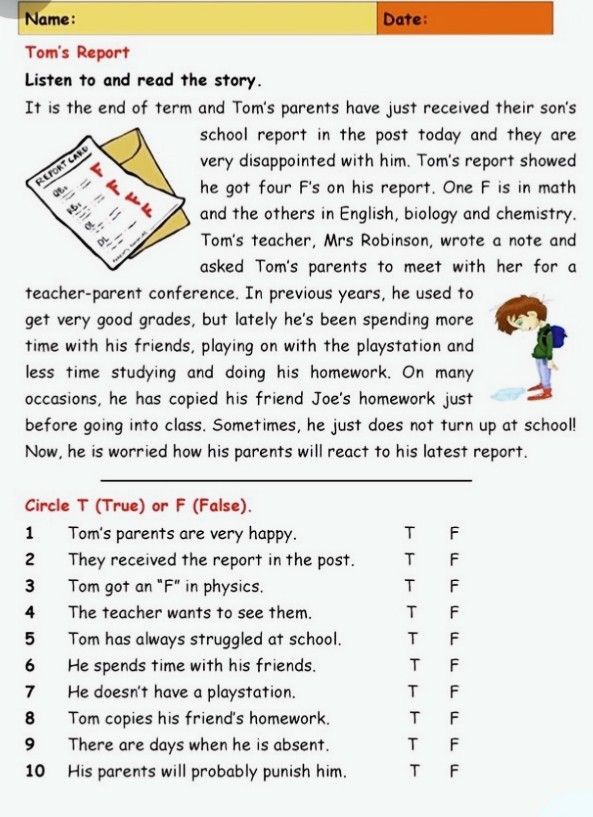 .
.
How to double your reading speed in a couple of weeks / Sudo Null IT News
Speed reading is an important skill in today's fast paced world. If you want to achieve outstanding results in your career or in the study of the sciences, you will have to read a large amount of literature, both technical and fiction. In order to absorb large amounts of information, you need to be able to read quickly.
At the moment, there are a large number of techniques for studying speed reading, all of them have the right to exist. Some are based on serious scientific research, and some, on the contrary, are more like intuitive research. For each person this or that technique is suitable, it is difficult to say which one is exactly right for you.
When a person is aware of the problem of low reading speed, he begins to search for information on this topic on the Internet, books, ask friends and acquaintances. After some time, if this idea is not boring, a certain understanding of speed reading techniques begins to take shape, and then it is important to start applying them.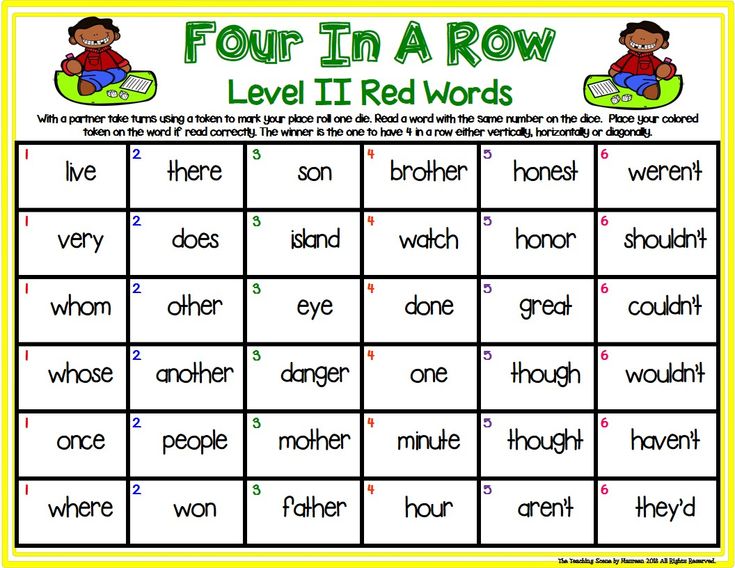
The simplest techniques that are guaranteed to help you increase your reading speed are nothing complicated. These are just a few exercises that need to be repeated for a while. It's very similar to learning touch typing on a keyboard. You need to do exercises for 15-20 minutes a day and in a couple of weeks you can reach a fairly high speed.
Most readers encounter the classic error that consumes 30% of their reading time. This is a return to the already read text. When it seems to us that we have not grasped a thought well, or have been distracted by an external thought, we go back and read a piece of text again.
Focus Training Technique
In order to cope with the return to the read text, it is necessary to keep the focus on the place of reading. To do this, you can use the technique of tracking reading. You need to take a pencil and start to drive it along the line while reading. The focus should always be on the pencil, you can not go back to the read text.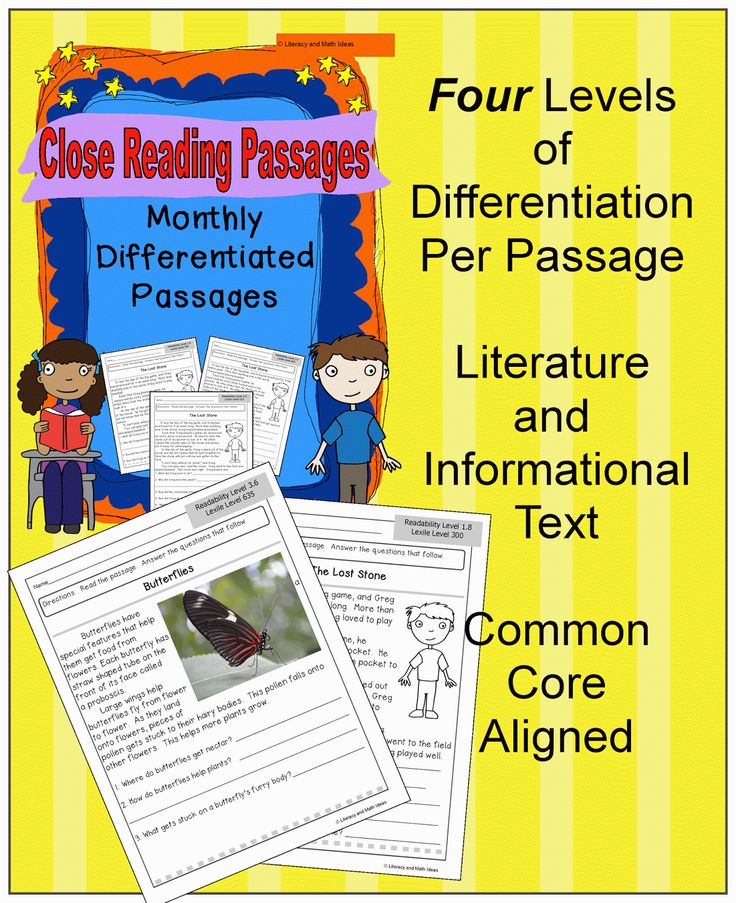 At first, this is a difficult task to overcome, but over time it will get better and better.
At first, this is a difficult task to overcome, but over time it will get better and better.
Speed Up Technique
To increase your reading speed, you need to train this skill like any other. For speed training, you need to read very quickly. Approximately 3 times faster than the desired reading speed. For example, you read at a speed of 200 words per minute, and you want to increase this value to 300 words per minute. Then in the speed exercise you need to read 900 words per minute. No need to worry about the fact that you do not remember anything and do not understand - this is speed training. And it's important not to forget the pencil, which keeps you from going back while reading.
Peripheral Vision Magnification Technique
In normal reading, which we were taught in school, a person reads all the words in a line. This allows you not to miss anything written in the text. But this is not always necessary to understand the meaning of the text. If you develop peripheral reading, then you can see not one word but several at one stop of focus on the text.
If you develop peripheral reading, then you can see not one word but several at one stop of focus on the text.
There are many different techniques for training peripheral reading, the most common is the Schulte tables. Returning to peripheral vision for reading, there is a simple exercise to increase reading speed. You need to read not all the words in the line, but skip a few words at the beginning and end of the line. This greatly increases speed, but does not greatly affect understanding.
When reading at a high speed, you may encounter the effect of reading for the sake of reading, when you do not have time to assimilate information for its further application in life. To prevent this effect, it is necessary to take small pauses to comprehend the information. A few seconds after each paragraph is enough for its essence to be deposited in long-term memory.
If you read non-fiction or business literature, it's best to make a short summary of ideas or data from what you've read.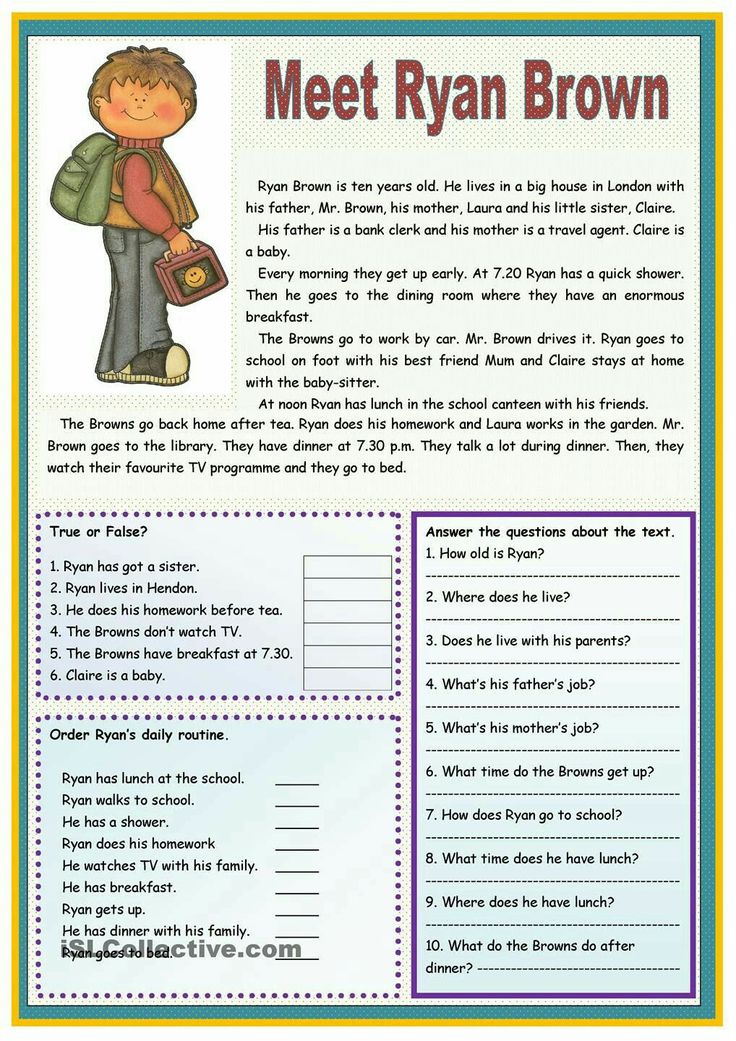 Then you will be able to work with this information after reading the book and will not lose important data that can be applied in your field. Ideas can be presented in the form of a list or text in various editors, you can also use mind maps, which allow you to make multi-level lists that are easy to understand.
Then you will be able to work with this information after reading the book and will not lose important data that can be applied in your field. Ideas can be presented in the form of a list or text in various editors, you can also use mind maps, which allow you to make multi-level lists that are easy to understand.
5 Ways to Increase Reading Speed - T&P
Google estimates that there are more than 130 million books in the world today. Not all of them really deserve attention, however, a human life is not enough to read only the masterpieces of world literature, not to mention scientific, educational and other printed materials. Those who want to read more, master speed reading. T&P put together 5 exercises and programs that will help you learn how to swallow books in a day.
Development of peripheral vision
One of the main tools for speed reading is peripheral or side vision. It is carried out by the peripheral areas of the retina and allows you to see and perceive a word or even a whole line instead of several letters.
The classic way to train peripheral vision is to work with the Schulte table. Such a table is a field divided into 25 squares: five horizontally and five vertically. A number is inscribed in each square, in total - from 1 to 25, in random order. The student's task is to sequentially find all the numbers in ascending or descending order, while looking exclusively at the central square.
The Schulte table can be printed on paper, but today there are dynamic online generators and downloadable computer and mobile trainings, including those with a built-in timer. Those who use extended speed reading training programs are advised to “warm up” with the Schulte table before training. If you wish, you can switch from black and white 5x5 tables to more complex versions: for example, with colored fields.
Suppression of subvocalization
Another of the cornerstones of teaching speed reading is the rejection of subvocalization: pronouncing words in the head and micro-movements of the tongue and lips. A person is able to pronounce on average no more than 180 words per minute - and it is no coincidence that this number is the maximum in ordinary reading. However, when the speed of perception of the text increases, it becomes more difficult to pronounce words, and subvocalization begins to interfere with the development of a new skill.
A person is able to pronounce on average no more than 180 words per minute - and it is no coincidence that this number is the maximum in ordinary reading. However, when the speed of perception of the text increases, it becomes more difficult to pronounce words, and subvocalization begins to interfere with the development of a new skill.
There are some simple exercises to suppress mental speaking. For example, while reading, you can press your tongue to the sky, pinch the tip of a pencil with your teeth, or even just put your finger on your lips, as if saying to yourself: “Be quiet.” There are also techniques in which the pronunciation of words is “knocked off” by chaotic tapping, the sound of a metronome, or music.
Rejection of regressions
Regressions in short reading are returns to already read parts of the text. They arise when the reader is distracted by extraneous thoughts, or if the speed of assimilation of information is too high for the brain to be able to perceive all the information.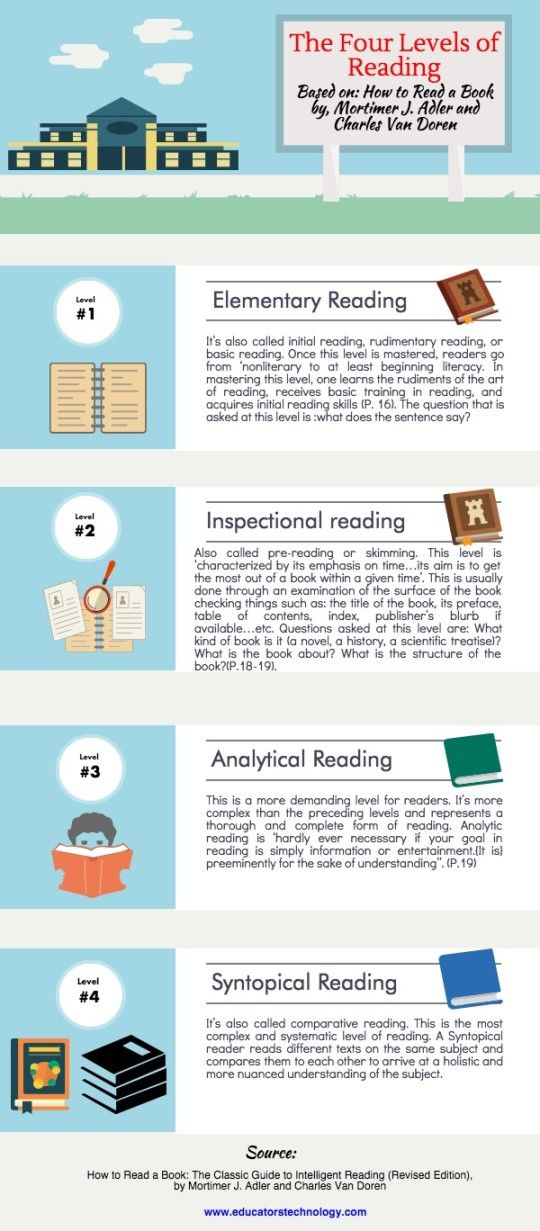
The Best Reader tutorial helps you deal with regressions. It is based on the dynamic selection of parts of the text on the page in black. It is difficult for human eyes to make orderly movements without observing anything, and this feature allows you to better focus your eyes on the necessary fragments. When reading a regular book or document on the screen of an electronic device, you can also use a simple trick that we all know from preschool days: swipe the page with your finger. It also helps to get rid of regressions by understanding that further text often makes it possible to fill in all the short information gaps that have arisen in the process of reading.
Attention concentration
Fast reading requires a high concentration of attention. To develop it and not read texts superficially, there are several exercises. For example, you can use a sheet on which the names of colors will be printed in color, but in such a way as to confuse the reader. The word "yellow" will be written in red letters, the word "red" in blue, and so on.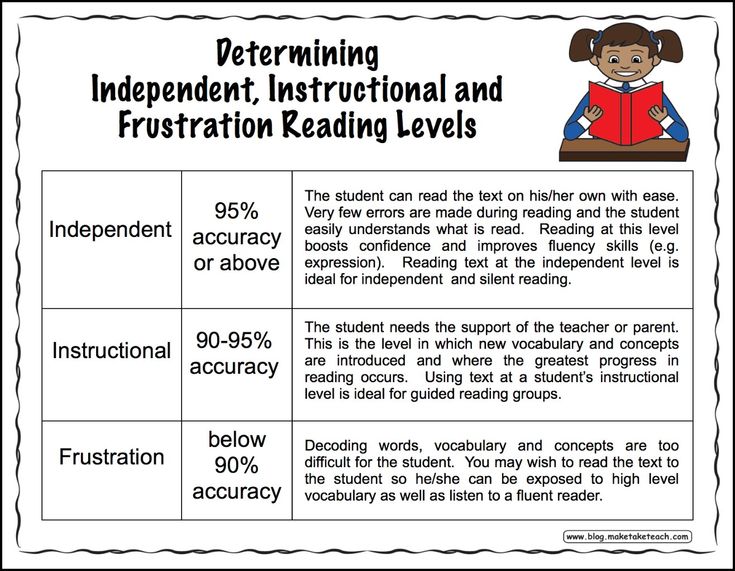 For practice, you need to name the color of the ink, not the word that is written on the sheet, and at first it is quite difficult to do.
For practice, you need to name the color of the ink, not the word that is written on the sheet, and at first it is quite difficult to do.
For another exercise, all you need is a blank piece of paper and a pen. You need to focus your attention on some subject and not be distracted from it by extraneous thoughts for two or three minutes. Every time extraneous thoughts arise, it is necessary to make a note on the sheet. Over time, there should be fewer such marks, and after that they will disappear altogether.
You can also train your concentration while reading: just count the words in the text. It is important to keep counting exclusively in your mind, without helping yourself with your fingers, tapping your foot, etc. After two or three minutes, you need to stop and check yourself by counting the words without reading them. At first, the first result will differ from the second, but with regular training, the differences between them will quickly become minimal.
Reading whole words
The Spritz application also aims to develop peripheral vision.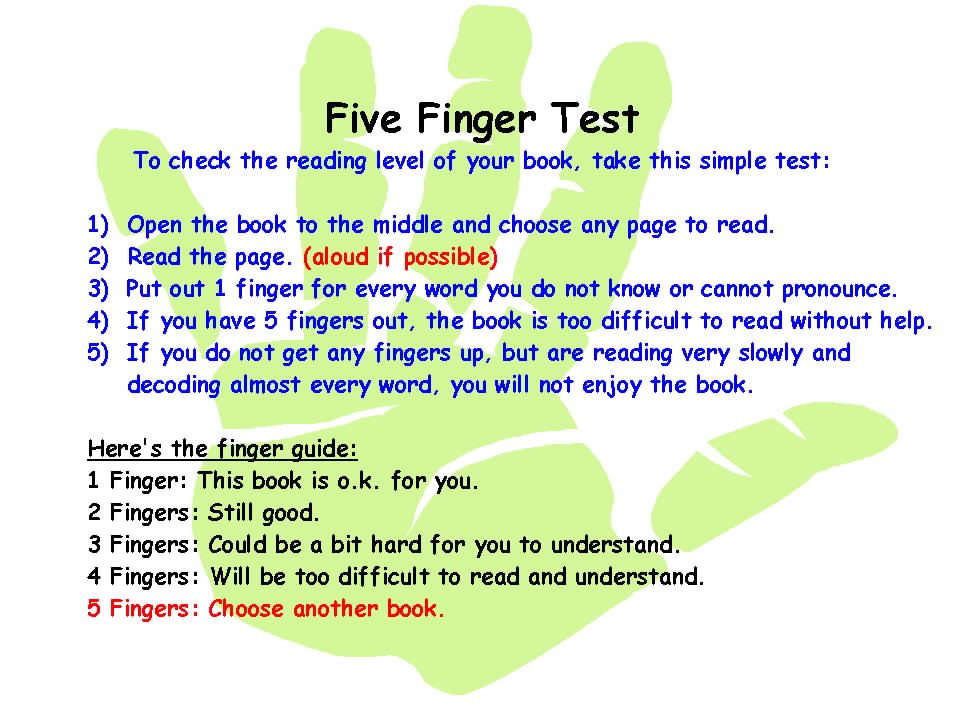 For training, only one line is used here, on which words with a highlighted red letter in the middle appear at different speeds. In this way, one can learn to perceive words without reading them from beginning to end, but at once in their entirety. This allows you to save up to 80% of the time that is normally spent on eye movements, and increase the reading speed to 500-1000 words per minute.
For training, only one line is used here, on which words with a highlighted red letter in the middle appear at different speeds. In this way, one can learn to perceive words without reading them from beginning to end, but at once in their entirety. This allows you to save up to 80% of the time that is normally spent on eye movements, and increase the reading speed to 500-1000 words per minute.
The official website of the application has a demo version of Spritz, including in Russian. You can choose from 250 to 600 wpm and other languages: English, German, Spanish, and French. In the future, the developers plan to create not only a version for websites and smartphones, but also an option for use within the interface of electronic glasses, smart watches and other compact devices, because the application requires only one line to run.
How to build communications within a team and manage it remotely? What are the unspoken rules of digital etiquette? Why is work-life balance disrupted and how to restore it? In the FreeBusiness project you will find all the necessary materials on effective remote management, tips on organizing remote work for managers and other employees.